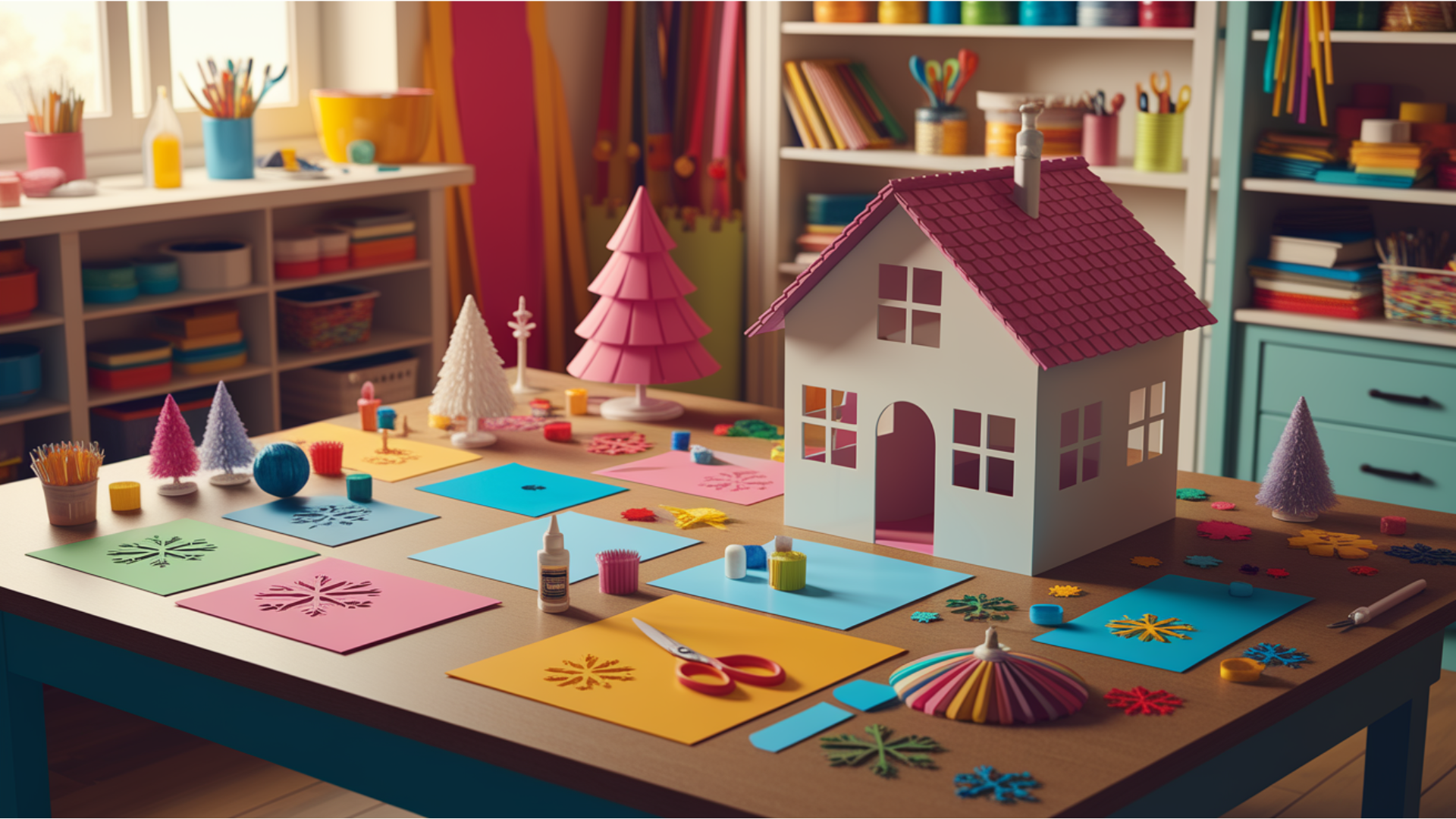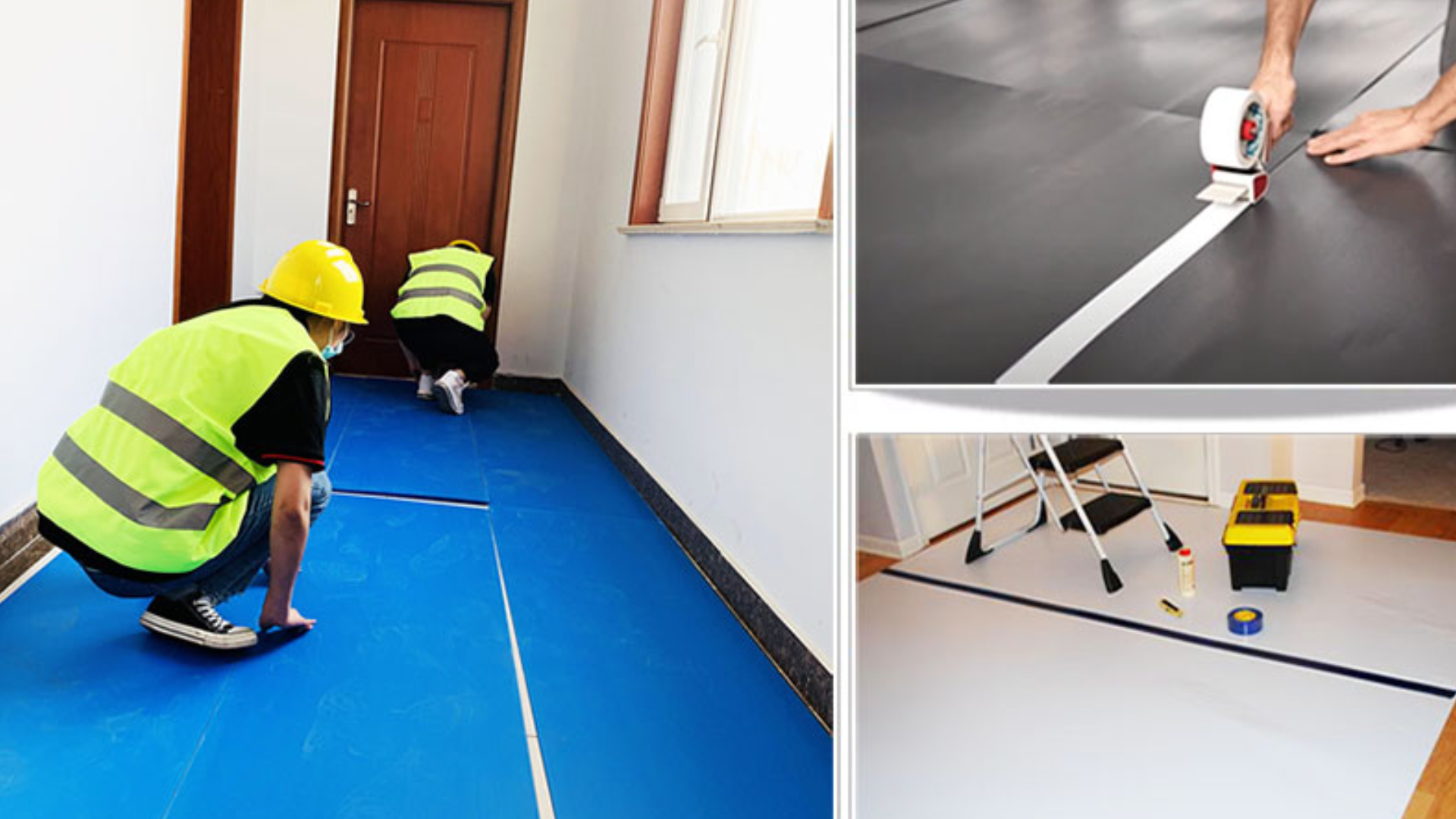Have you ever seen a lightweight plastic sign stuck in someone’s yard or used as a display board?
If yes, there’s a good chance it was made from something called Coroplast. I used to wonder what made those signs so strong yet easy to carry.
When I finally looked into it, I found Coroplast, a material that’s simple, affordable, and super useful.
If you’re a homeowner, small business owner, or someone who loves DIY projects, you might be surprised at how often you run into Coroplast without even realizing it.
In this blog post, I’ll walk you through what Coroplast is, how it’s made, and what it’s used for.
By the end of this article, you’ll have a clear picture of why Coroplast has become a go-to material for so many different jobs.
What Is Coroplast?

Coroplast is a brand name for a special kind of plastic sheet made from polypropylene. It resembles cardboard, but it’s actually made of plastic instead of paper.
That’s why some people refer to it as corrugated plastic or plastic cardboard.
The surface of Coroplast is smooth and waterproof, and inside, it has a fluted structure (kind of like a sandwich). This structure makes it lightweight but strong.
Coroplast is flexible, recyclable, and often comes in white, though you can get it in other colors too.
Think of it as the plastic version of corrugated cardboard, but one that can handle rain, sun, and rough use without falling apart.
It’s used everywhere, from real estate signs to pet cages, and even in arts and crafts.
How Is Coroplast Made?
Ever wonder how Coroplast achieves its sturdy, yet lightweight, form? Below is a simple breakdown of how this popular material is made, from raw plastic to finished board:
- It starts with polypropylene resin. This is a durable plastic known for its strength, safety, and widespread use in everyday items.
- The resin is melted down. Manufacturers heat it to high temperatures until it becomes soft and moldable.
- The melted plastic is shaped into sheets. It’s pushed through a mold to form flat layers.
- A fluted core is added. A second layer is pressed in to create the corrugated structure that gives Coroplast its strength.
- Those flutes matter. The channels or ridges make the sheet light but strong, ideal for signs, crafts, and more.
- Cooling and cutting come next. Once formed, the sheets are cooled and cut into various sizes according to their intended purpose.
The result? A versatile, water-resistant board that’s easy to handle and built to last, indoors or out.
Main Features of Coroplast
Coroplast stands out because of its smart design and practical qualities. If you’re making signs, organizing your home, or working on a creative project, these features make Coroplast a go-to choice for many people.
- Waterproof: Coroplast doesn’t absorb water, making it perfect for outdoor use, even in rainy weather.
- Lightweight: Despite its strength, it’s very light and easy to carry, hang, or move around.
- Strong: The fluted design gives it strength to resist bending, tearing, or crushing under pressure.
- Weather-resistant: It can handle wind, sunlight, and changes in temperature without falling apart.
- Reusable: You can use Coroplast again and again without it losing its shape or quality.
- Easy to cut: You don’t need special tools, just scissors or a craft knife will do.
- Non-toxic: It’s safe for most household and pet uses, with no harmful chemicals.
- Customizable: You can easily print designs, paint them, or attach other materials for your projects.
Common Uses of Coroplast
Coroplast is a favorite material for many different jobs because it’s strong, light, and weather-resistant.
1. Yard and Event Signs

Coroplast is the go-to choice for temporary signs like real estate listings, election ads, garage sale announcements, and event directions.
These signs are placed outdoors and need to survive rain, wind, and sunlight. Coroplast holds up well and keeps the message clear and visible.
It’s easy to print on, and metal stakes can slide right into the flutes. After the event, you can remove and reuse the sign.
2. School and Presentation Boards

Teachers and students often use Coroplast for school projects, science fairs, and displays.
It’s easy to cut and stands upright on a table or easel, making it perfect for showing off information.
You can glue on papers, charts, and images, or even paint it directly. Because it’s sturdier than poster board, it lasts longer and doesn’t fold or crease easily.
Many students also reuse it for other classes.
3. Pet Cage Liners

Coroplast is a popular choice for lining the base of cages for small animals like guinea pigs and rabbits.
It’s waterproof, so accidents and spills won’t soak through to the floor. You can cut and shape it to fit any cage size, and it’s easy to wipe clean.
Since it’s non-toxic, it’s safe for pets to be around. Many pet owners prefer it over metal trays or wooden boxes.
4. Home Storage and Organization

People use Coroplast to create drawer dividers, tool tray liners, or even custom storage bins.
It’s stiff enough to hold its shape but easy to cut to size. You can use it in kitchen drawers, garages, or closets to keep items in place.
Because it’s easy to clean, it works well in messy areas like craft rooms or sheds. It’s a budget-friendly solution that can be customized any way you want.
5. Temporary Wall Panels

Coroplast panels can be used to build temporary walls or divide space in basements, studios, or offices.
They’re light enough to move around but strong enough to stand on their own with support.
People often use them during remodeling, to cover open areas, or create private spaces.
You can tape or velcro them together for a larger surface. They’re also useful in rental homes where you can’t make permanent changes.
6. Crafts and DIY Projects

Many DIYers love using Coroplast for creative projects because it’s easy to work with and incredibly versatile.
You can cut it into shapes for dollhouses or use it to build mini walls for models.
It’s also great for making school display boards, festive holiday decorations, or lightweight costume parts.
Since Coroplast is easy to glue, paint, and shape, it opens up numerous possibilities for crafting at home, in the classroom, or during community events.
Its durability means your projects will last longer as well.
7. Floor Protection

Coroplast is often used to protect floors during home renovations, painting, or repair work.
Its rigid and waterproof surface helps shield floors from paint spills, dust, debris, and scratches caused by tools or heavy foot traffic.
Unlike fabric drop cloths that can bunch up or absorb moisture, Coroplast lies flat and stays in place, providing better coverage and safety.
It’s easy to cut to size and can be reused across multiple projects, making it a cost-effective and practical choice for both professionals and DIYers.
Pros and Cons of Coroplast
Coroplast is a popular material for various indoor and outdoor applications, but like any other material, it has its strengths and weaknesses.
| Pros | Cons |
|---|---|
| Budget-friendly | Not heat-resistant (can warp) |
| Reusable and recyclable | Scratches more easily than harder plastics |
| Easy to cut and customize | Can bend under a heavy weight |
| Works both indoors and outdoors | May become brittle with long-term UV exposure |
| Lightweight but sturdy | Not biodegradable or eco-friendly |
Conclusion
So, what is Coroplast? It’s a smart, simple plastic board that works hard in many different ways, from signs and pet cages to storage and crafts.
If you’re like me, once you realize how useful it is, you’ll start spotting it everywhere.
If you’re running a small business, fixing up your home, or helping your kids with a school project, Coroplast is a great material to have on hand.
It’s strong, light, waterproof, and easy to cut, and best of all, it won’t break the bank. That’s why I always keep a few sheets around the house.
Ready to try Coroplast for yourself? Grab a sheet and start small, maybe a label sign or drawer divider. Once you get the hang of it, the possibilities are endless.
Thanks for reading. If you found this helpful, feel free to share it with a friend or save it for later.
Frequently Asked Questions
Is Coroplast waterproof?
Yes, Coroplast is completely waterproof. It’s made from plastic, so it doesn’t absorb moisture like cardboard. That’s why it’s perfect for outdoor signs and pet cage liners.
Is Coroplast safe for pets?
Yes, Coroplast is non-toxic and widely used as a base in cages for small animals like guinea pigs and rabbits. Just make sure pets don’t chew it too much.
Can Coroplast be recycled?
Yes, Coroplast is made from polypropylene plastic (#5), which is recyclable in many areas. Check with your local recycling program to see if they accept it.
How long does Coroplast last outdoors?
Coroplast can last 6 months to 2 years outdoors, depending on the weather and sunlight exposure. Indoors, it can last much longer, sometimes 5 years or more.
Can you paint or print on Coroplast?
Yes. Coroplast takes paint well (spray paint or acrylic is best) and can also be printed on directly using screen or UV printing. You can also apply vinyl stickers to it.

